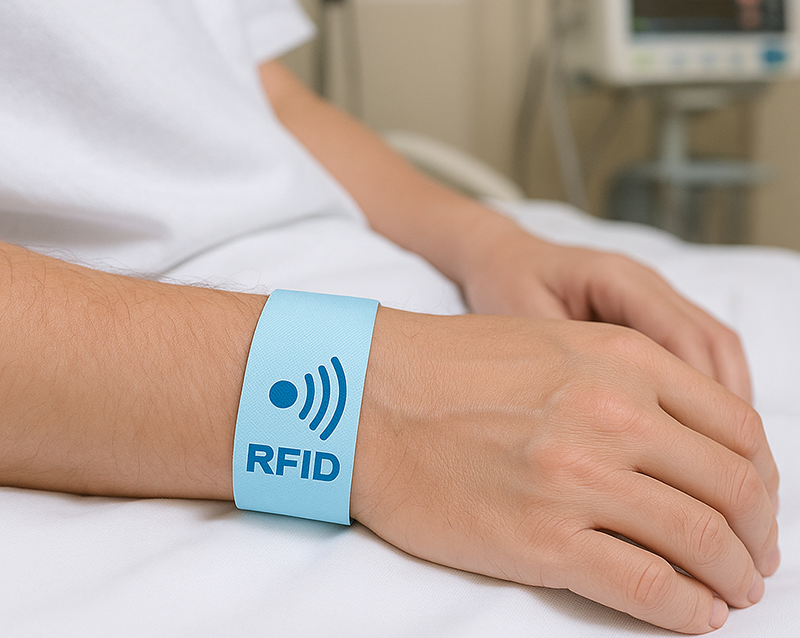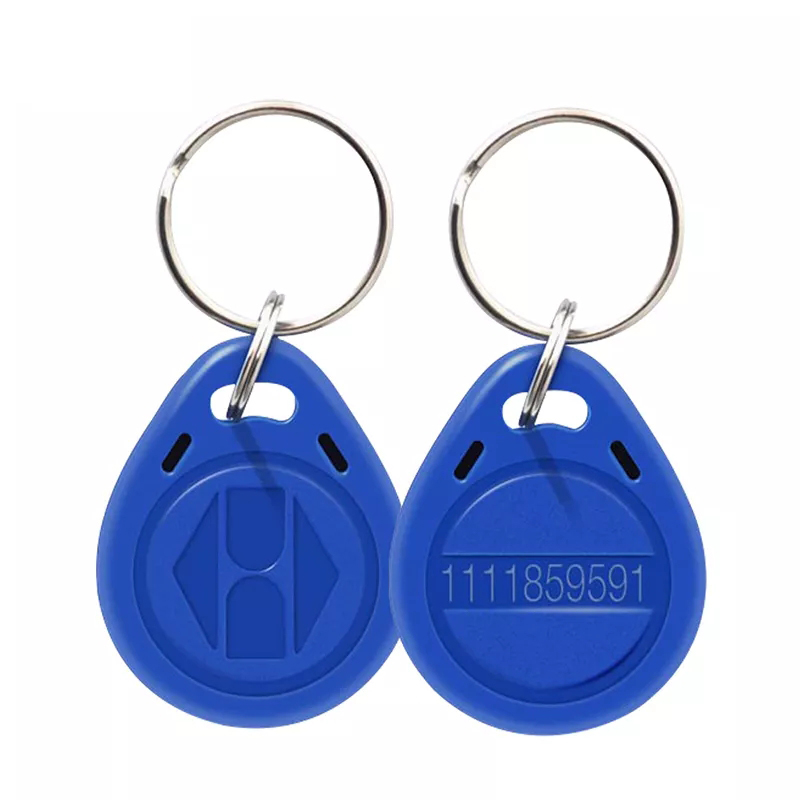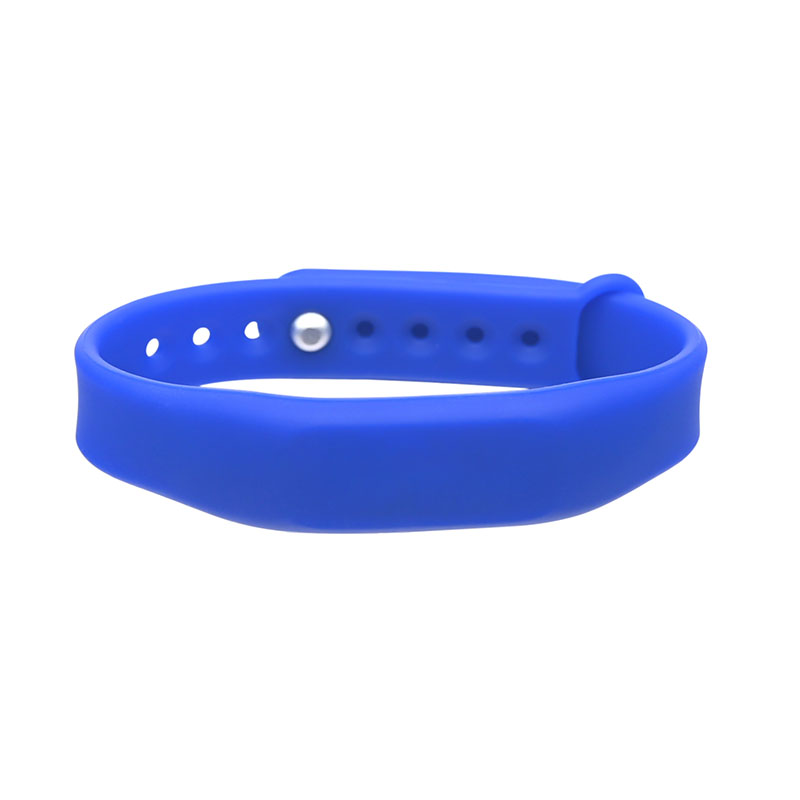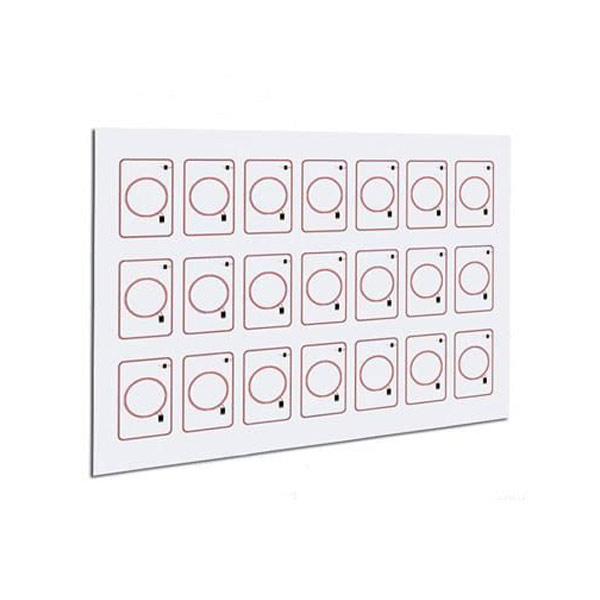
Introduction: Understanding Event Wristbands
Event wristbands are wearable identification tools used to manage access, enhance security, and promote branding at concerts, conferences, festivals, and private gatherings. Available in both single-use and reusable formats, these wristbands can be simple or feature integrated technology. Beyond just being a fashion accessory, modern wristbands play a vital role in streamlining guest entry, enabling cashless payments, and gathering valuable event data.
The Evolution and Role of wristbands in the Events Sector
Originally used in hospitals for patient identification, wristbands made their debut in the event space during the late 20th century. Early designs—usually made of plastic or Tyvek—were mainly for crowd control. However, as large-scale events like SXSW, Comic-Con, and Coachella grew in popularity, wristbands evolved into sophisticated tools that combine functionality with aesthetics and technology.
Today’s wristbands do more than allow entry—they reinforce security, simplify logistics, support cashless transactions, and serve as brand assets. For event planners, wristbands have become a staple for delivering high-impact, smooth-running experiences.
Types of Event wristbands: A Detailed Overview
Selecting the right type of wristband can directly impact your event’s efficiency and guest satisfaction. Here’s a breakdown of the most common wristband styles and their best use cases:
Silicone wristbands are soft, waterproof, and built to last, making them ideal for multi-day or repeat-entry events. Made from non-toxic silicone, they offer comfort for long-term wear and can be customized through embossing, debossing, or color printing. They are popular for promotional campaigns, charity events, and cause awareness initiatives due to their reusability and durability.
These are made from woven or sublimated polyester and are known for their vibrant colors and detailed designs. Often secured with tamper-proof locks or aluminum clips, fabric wristbands offer both comfort and security. They’re perfect for music festivals, conventions, and large events where style and long wear matter. Guests often keep them as memorabilia, extending brand exposure.
Elastic wristbands offer a snug, flexible fit thanks to their stretchable material. These reusable bands are easy to put on and take off, and can feature full-color custom prints. They are well-suited for sports events, school activities, and charity races where comfort, reusability, and quick identification are priorities.
Made from Tyvek—a durable, water-resistant material—these wristbands are a cost-effective, single-use option. Featuring strong adhesive closures, they are tamper-evident and easy to print on. Tyvek bands are widely used for one-day events like amusement park access, club entry, and local festivals, offering color-coded control at a low price point.
Crafted from soft plastic, PVC wristbands provide a glossy, high-end look. These semi-rigid bands are waterproof, reusable, and can be embedded with NFC chips or holographic designs. Secure snap closures prevent them from being transferred. They’re frequently used at luxury events, VIP sections, or corporate activations where appearance and functionality are equally important.
This category includes wristbands made from Tyvek, vinyl, or synthetic paper. Designed for single-use distribution, they’re ideal for quick crowd management at large events like school trips, trade shows, and general admission venues. Lightweight and customizable, these bands are an affordable solution for identifying guests without the need for returns or tracking.
Top Applications of wristbands in Events
Event organizers use wristbands for much more than entry control. Here's how they enhance operations:
Access Control & Zoning
wristbands clearly identify attendees’ access levels—VIP, staff, or general admission—making it easy to manage restricted areas. RFID or barcode-enabled wristbands provide real-time access verification.
Ticket Replacement
wristbands eliminate the need for physical tickets. Scannable QR codes or RFID chips offer quick, secure check-ins, improving flow and reducing the chance of fraud.
Sponsorship & Branding
Customized wristbands can carry sponsor logos, hashtags, or promotional messages. Some events integrate them with digital campaigns to drive social engagement and visibility.
Age Verification
Color-coded wristbands help identify legal drinking age attendees at events serving alcohol. This minimizes delays at bars and ensures regulatory compliance.
Guest Tracking & Analytics
RFID-enabled wristbands track attendee movements, helping organizers understand traffic patterns, engagement, and time spent in specific zones. This data supports better event planning and sponsor reporting.
Cashless Transactions
Attendees can load money onto RFID Wristbands for purchases inside the event. This speeds up lines, minimizes theft, and encourages spending. Vendors benefit from faster service and simplified accounting.
Benefits of Using Event wristbands
wristbands offer far more than convenience. Here’s why they’re essential:
Faster Check-In & Reduced Lines
wristbands simplify entry—just scan and go. This reduces wait times dramatically, especially at high-traffic events.
Improved Security
Tamper-evident closures and unique codes or chips make wristbands difficult to duplicate, enhancing fraud prevention.
Elevated Guest Experience
wristbands allow hands-free interaction, quick payments, and special perks. RFID bands can be pre-programmed with personalized features for a premium touch.
Strong Brand Exposure
wristbands serve as wearable branding tools. Attendees often keep them, further spreading your event’s message even after it ends.
Real-Time Insights
Data collected through smart wristbands allows organizers to analyze what worked and what didn’t—boosting ROI and guiding future strategies.
Cost-Effective Long-Term Value
Though high-tech wristbands require a larger upfront investment, they reduce the need for multiple tools and staff, often resulting in long-term savings.
How to Choose the Right wristband for Your Event
When choosing a wristband, consider factors like event duration, audience size, budget, and intended features. Use this simplified guide:
Short-term and high-volume events: Tyvek or disposable wristbands
Luxury branding or VIP experiences: Fabric or PVC wristbands
Technology integration (RFID/QR): Smart wristbands with embedded chips
Multi-day or recurring events: Silicone or elastic wristbands
Age control or access zones: Color-coded disposable bands
Partner with a supplier who understands your event goals and can recommend the best fit.
Expert Tips for wristband Implementation
Plan Early: Order customized wristbands 2–4 weeks ahead of your event.
Test Systems: Ensure RFID or QR functionality is fully integrated and tested.
Color Strategically: Use bold, easily distinguishable colors for different access tiers.
Train Staff: Educate your team on wristband validation, troubleshooting, and tech support.
Inform Attendees: Let guests know in advance how to use the wristbands, especially for cashless or data-linked features.
Conclusion: Elevate Your Events with the Right wristbands
wristbands are no longer a minor detail—they’re a core element of modern event success. By offering security, branding opportunities, guest convenience, and real-time data, they add significant value to any event, large or small.
Want to enhance your next event? Reach out for a custom quote or request complimentary samples to explore the best wristband options for your audience.
Frequently Asked Questions (FAQs)
1. What are the best wristbands for events?
The best wristbands depend on your event type. For single-day events, Tyvek (paper) wristbands are affordable and easy to use. For multi-day festivals or VIP experiences, fabric or silicone wristbands offer durability and a premium feel. If you need added security or data tracking, consider RFID-enabled wristbands.
2. Can I customize event wristbands with my logo or branding?
Absolutely! Most wristband types—including silicone, fabric, PVC, and paper—can be custom printed or engraved with your logo, event name, dates, or sponsor branding. Custom wristbands are a great way to improve event aesthetics and boost brand recognition.
3. Are event wristbands waterproof?
Yes, many wristband types such as silicone, fabric, PVC, and Tyvek are waterproof. These options are ideal for outdoor events, water parks, or music festivals where guests may be exposed to rain or sweat.
4. How secure are wristbands for access control?
Very secure. Many wristbands feature tamper-proof closures and unique identifiers like QR codes or RFID chips. These prevent unauthorized entry and ticket fraud, making them reliable tools for crowd control and event security.
5. Can wristbands be reused?
It depends on the type. Silicone, fabric, elastic, and PVC wristbands are generally reusable and ideal for multi-day or repeat events. Paper (Tyvek) and disposable vinyl wristbands are single-use and should not be reused for security reasons.





